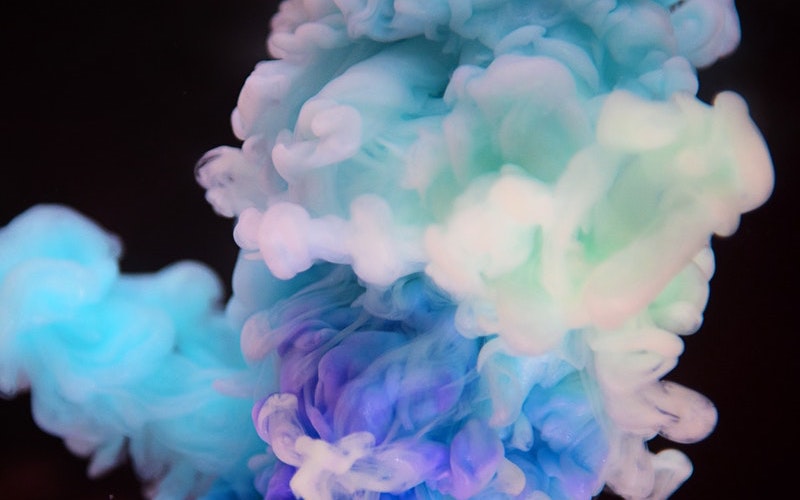How Do Drugs Influence the Brain?
Episode #9 of the course Understanding your brain by Betsy Herbert
Welcome back!
Yesterday, we covered the basics of how the brain allows us to move any part of our body whenever and wherever we please. Normally, we have very good control of this. But what happens when we drink alcohol and our movements become unsteady? Or if we take other psychostimulants, such as cannabis or amphetamines, and even our mood and perception become altered? Today, we’ll be skimming the surface of pharmacology, looking at how drugs modify the brain.
First, what is a drug? It’s any chemical compound that affects the neuronal signals that the brain is producing. In a way, the brain is already full of drugs; it produces tons of chemical compounds (like the neurotransmitters we’ve learned about already) that keep it ticking along as it should. It’s only when we administer more of these compounds—or replicas, derivatives, or synthetic compounds we’ve generated ourselves—that we begin to interfere with and hijack the brain’s processes.
Let’s take a look at a few examples.
Caffeine. Caffeine has a similar structure to a molecule called adenosine, which is produced naturally by the brain when you’re tired. Adenosine inhibits wakefulness circuits, signaling the brain to go to sleep. When you drink coffee, caffeine binds to these adenosine receptors in place of the adenosine, meaning that the signals of drowsiness are blocked and the brain is tricked into feeling more awake.
Alcohol. Alcohol primarily enhances the effect of GABA. Do you remember GABA from Lesson 3? It’s one of our inhibitory neurotransmitters, suppressing signals that are traveling around the brain. This explains why everything is slower on alcohol—your speech, your movement, your cognition, etc. There are also fewer signals that normally control and correct your behavior, leading you to do silly things you would never normally do. Alcohol increases the activity of dopamine and opioids in the brain’s reward pathways, which explains the sense of euphoria and wellbeing.
Amphetamines. Amphetamines, such as methamphetamine (speed) or MDMA (ecstasy), are a class of psychostimulants, which have the opposite effect of alcohol: They speed up the brain, providing a boost in energy, mood, and confidence. They’re structurally similar to dopamine and serotonin, and so activate pathways leading to pleasure, arousal, and euphoria. Hallucinogens such as LSD bind to specific serotonin receptors called 5HT2A receptors in the cortex, producing an altered state of consciousness. Psychostimulants also stimulate the release of adrenaline, increasing your heart rate and blood pressure and initiating the “fight or flight” response that can generate anxiety and paranoia.
Sedatives and hypnotics. Speaking of anxiety, how do you reduce it? Anxiety is a fear response that runs on autonomic reflexes and causes overactivity in certain brain areas. There are three classes of drugs used to treat anxiety, stress, and panic disorders: anxiolytics, which dampen this overactivity back to baseline; sedatives, which decrease it below baseline; and hypnotics, which decrease it even further and can, in high doses, induce sleep or coma. Have you heard of benzodiazepines or barbiturates, for example? These work by increasing the amount of GABA that binds to the GABA-A receptor, helping suppress the overactivity in the circuits generating anxiety. Variants of these are also used to treat insomnia, epilepsy, and other disorders characterized by overactivity of brain areas.
Antidepressants. Depression is a mood and thought disorder caused by having too few monoamines, the class of neurotransmitters containing serotonin, noradrenaline, and dopamine. If we want to reduce the effects of depression, we normally try to boost the levels of these monoamines. There are three main drugs that do this: tricyclic antidepressants, which block the reuptake of monoamines back into the axon, meaning they stay longer in the synapse; selective serotonin reuptake inhibitors (SSRIs), which do the same thing, but for serotonin only; and monoamine oxidase inhibitors (MAOIs), which block a protein that normally prevents monoamines from functioning. While these interventions are usually a last resort and can have unwanted side effects, it certainly proves the power of chemicals in controlling our mood and wellbeing.
But what if we’d rather not take external substances to help us out? Is there anything we can do by ourselves to control our mood, change our habits, and “rewire” our neural architecture? Yes, there is, and since it’s become something of a hot topic, you’ve probably heard about it. In our final lesson, we’ll be exploring the concept of neuroplasticity and what it means for learning, memory, habits, and the potential to improve ourselves.
See you then!
Betsy
Recommended book
The Man Who Mistook His Wife for a Hat: And Other Clinical Tales by Oliver Sacks
Share with friends

